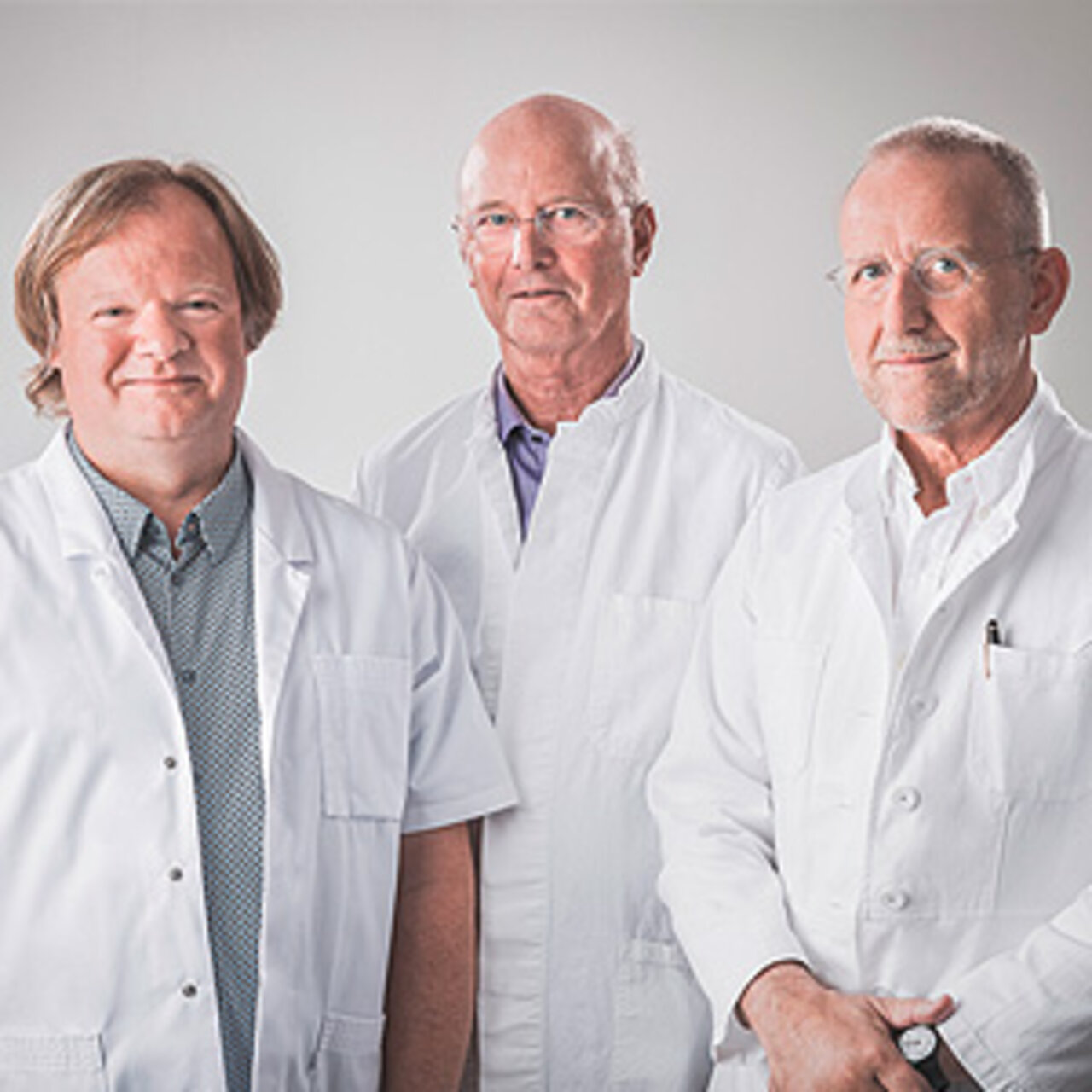Specialists in Sarcomas of the spine
10 Specialists found
Information About the Field of Sarcomas of the spine
What are sarcomas of the spine?
Malignant tumors which originate from soft tissues or bones are referred to as sarcomas. Included in soft tissues are muscle tissue, connective tissue, and adipose tissue. Sarcomas occur very rarely. Only approximately 1% of all malignant tumors occurring in adults belong to the sarcomas. The spine is considered a rare location for the presence of sarcomas where they arise from the bone tissue of the vertebral bodies. The anatomical location poses a great challenge for the treatment. The anatomical location poses a great challenge for the treatment.
Which are the different types?
Three types of sarcomas of the spine which originate from bone tissue are differentiated: Chondrosarcomas, Ewing sarcomas and osteosarcomas.
Diagnosis and treatment
All types of sarcomas require a microscopic evaluation of the tissue for diagnosis, a process known as histological examination. This involves collecting a sample, called a biopsy, of the sarcoma. Previously the location and spread of the sarcoma must be assessed. Various imaging methods are used depending on the type of sarcoma. Magnetic resonance imaging is suitable for a detailed inspection with no radiation exposure. Also X-ray or computer tomography examinations can be suitable for an overview and can provide information about tumor site and size.
Once the diagnosis has been verified under the microscope and by various examinations of the tissue sample by a pathologist, a so-called staging process is carried out. This is a systematic search through the body for possible secondary tumors, known as metastases. The type of tumor, its dimensions and metastases define the tumor stage and consequently the form of therapy.
The choice of therapy is generally made on an individual basis according to the patient's clinical picture. The primary aim of the therapy is the complete removal of the tumor. If the tumor does not have metastases, surgical resection may be the cure. Additional treatment options include radiation therapy and chemotherapy. In many cases, the best treatment involves a combination of several therapies. In the case of osteosarcomas and Ewing sarcomas, chemotherapy is always indicated. According to the spread of these sarcomas, chemotherapy is performed prior to or following surgery. Apart from this, in some types of sarcoma additional radiaton therapy with protons can contribute to a successful treatment.
Chances of cure and prognosis
The prognosis depends on a number of variables. Size and stage of the tumor at the onset of therapy, the patient's age and physical condition as well as and the outcome of surgical resection all play a role. The specific location of the spinal tumor may make it difficult to remove all of the tumor tissue in one piece due to its anatomy, resulting in a worse prognosis than for sarcomas of a different location. Occasionally, the sarcoma may return some time after healing. This is called a recurrence. For this reason frequent follow-up visits should be scheduled after successful therapy, during which the absence of tumors is monitored.









